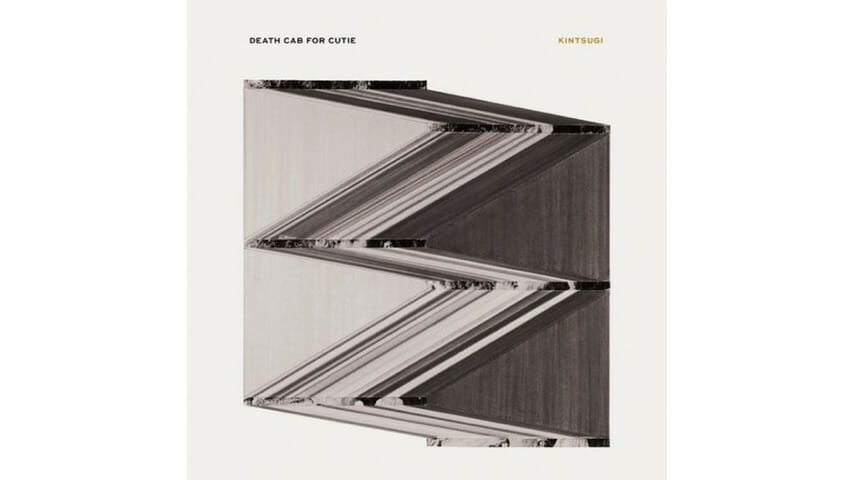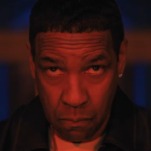Death Cab for Cutie: Kintsugi

As the mandatory explanation that comes with Death Cab for Cutie’s latest full-length album goes: Kintsugi: the Record was written, recorded and tied together by the healing theme of repair. And Kintsugi: the Art is very much the same. The Japanese practice, mostly used in ceramics, mends broken pieces with liquefied or dusted metals like gold or silver. Aesthetically, kintsugi pieces are wildly different—the design and pattern of the repairs depends on the chaotic fractures of the whole piece. But ultimately, the philosophy of the art is that a piece’s fractures make for a more beautiful, structurally sound whole.
After the bombshell that founding multi-instrumentalist/producer Chris Walla was on his way out the door, after the still-unexplored territory of Ben Gibbard’s own divorce loomed since Codes and Keys’ 2011 release, after Gibbard’s public strides to replace the bottle with distance-running, how fitting did that feel for Death Cab for Cutie’s eighth LP? If the band’s 2005 road doc Drive Well, Sleep Carefully taught us anything, it was that Death Cab wouldn’t ever be the dysfunctional public spectacle that was say, Metallica or Oasis or hell, even Foxygen. But if there was a time the Seattle trio could use a little—uh, Kintsugi—well, that’d be 2015.
-

-

-

-

-

-

-

-

-

-

-

-

-

-

-

-

-

-

-

-

-

-

-

-

-

-

-

-

-

-

-

-

-

-

-

-

-

-

-

-








































